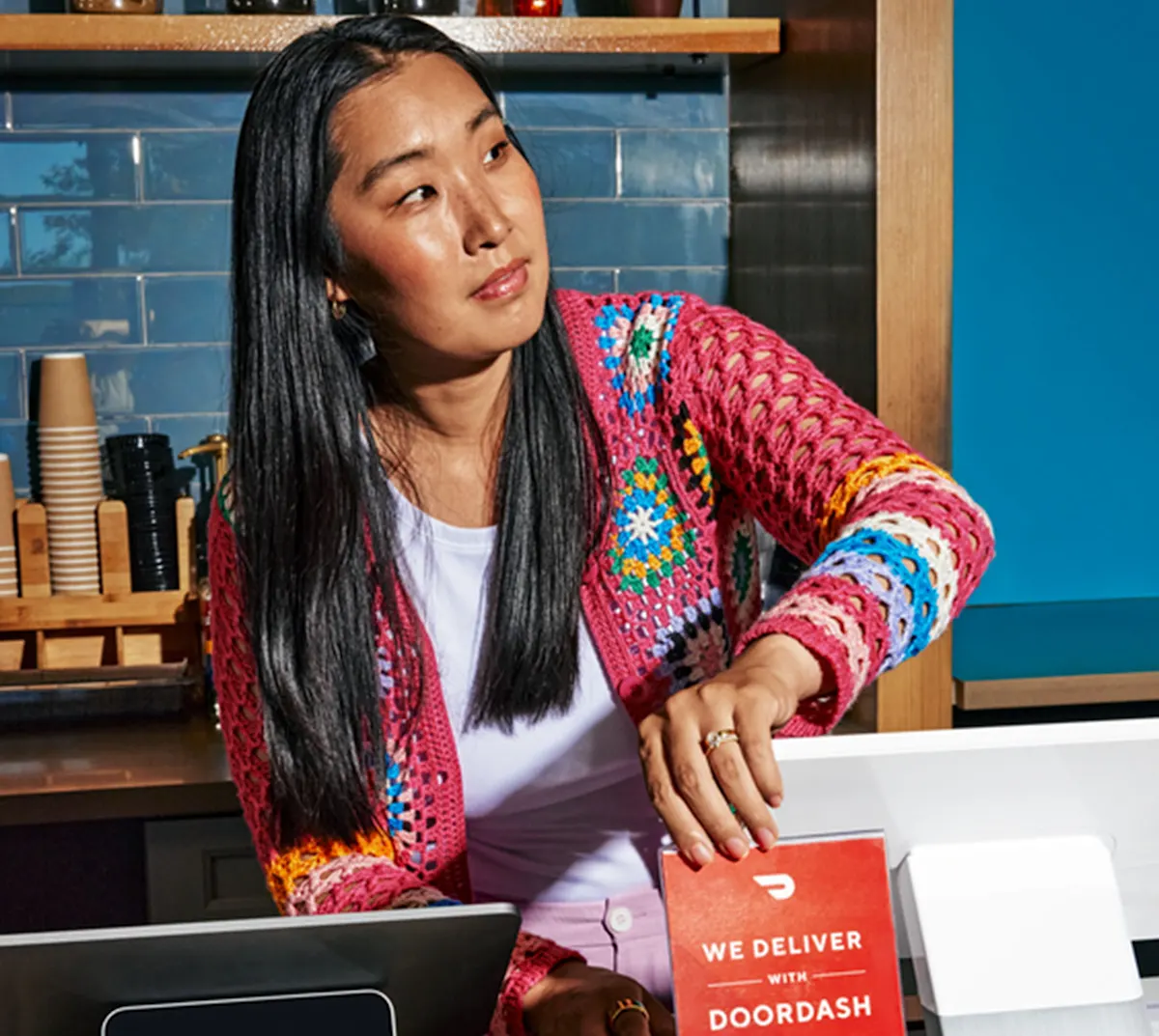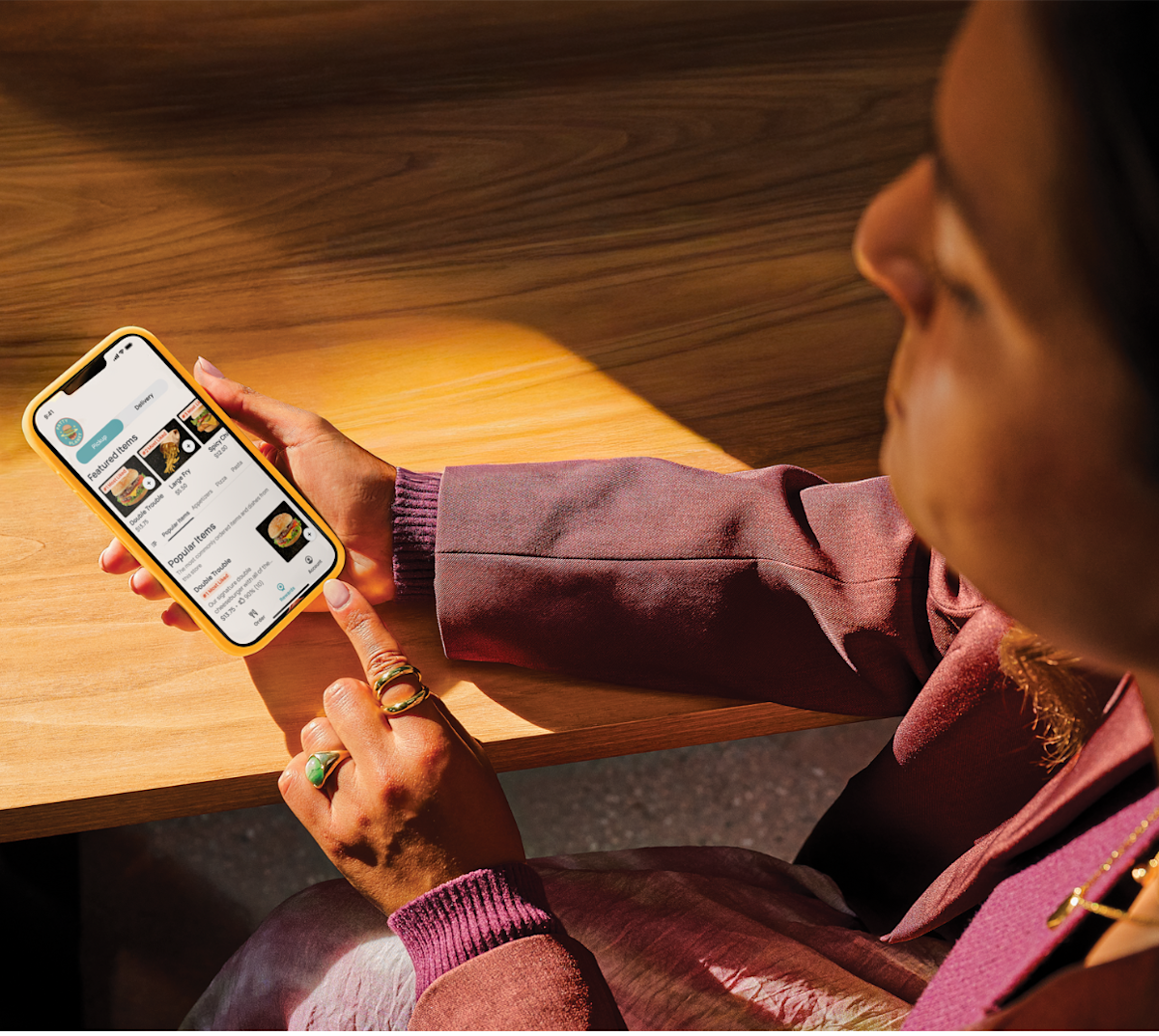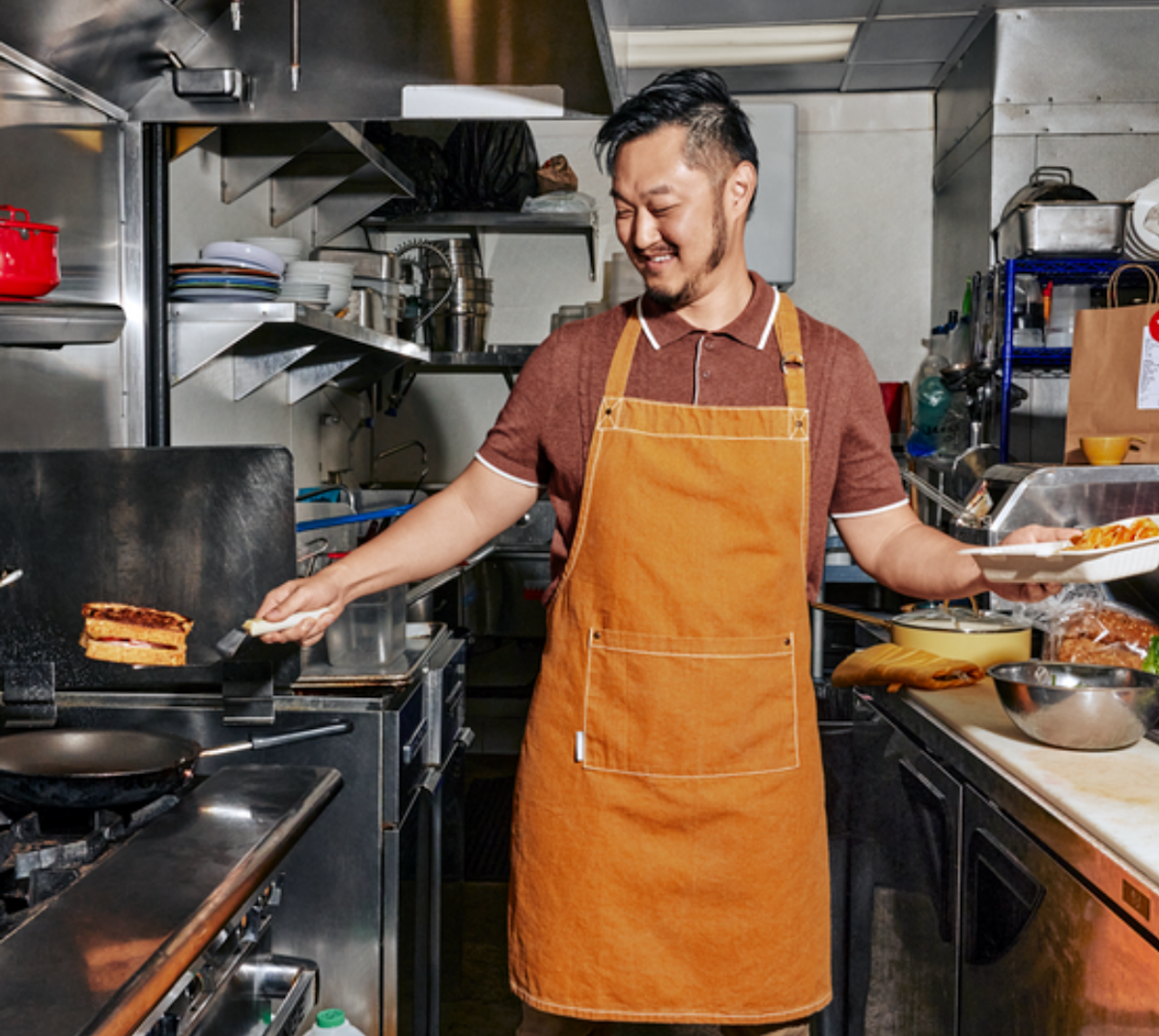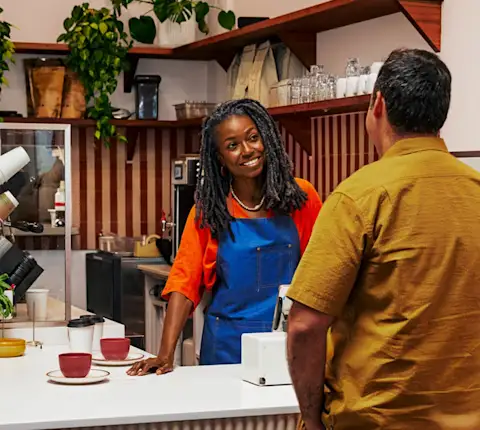Finding the perfect balance between costs and profits is an ongoing process for restaurant owners. Menu engineering is a tried-and-true strategy for identifying which items on your menu contribute to your bottom line — and which subtract from it.
Because it's not only about emphasizing your high performers and crowd pleasers. It's also about finding opportunities to cut costs, build your brand, and discover how to realize the untapped potential of items that may be underrated or could be a huge draw if they were less expensive to make.
The impact of inflation on restaurant costs has been a hot topic in recent years. But high inflation will inevitably be a recurring challenge that all restaurateurs face. Regardless of market conditions, the famously slim margins of the restaurant business mean that improving your menu should be a priority no matter what.
What is menu engineering?
Menu engineering is the practice of analyzing the profitability and popularity of your individual menu items. By understanding which dishes drive the most sales and profits, as well as the recipe costs of each item, restaurant operators can determine the best pricing strategy and menu design for their business. They can also identify the underperforming items and find ways to improve them.
Besides food cost analysis, menu engineering also leverages consumer psychology to determine best practices for menu design techniques and pricing strategies. What's the most enticing layout? How do elements such as font and color factor into the equation? Can a menu be too large or too small? Is there a right way to display featured items and prices? There are actual, empirical answers to these questions that restaurateurs should be aware of — but more on that later.
For now, it suffices to say that menu engineering evaluates the popularity, profitability, and performance of menu items and analyzes the menu itself as a tool for showcasing them. As an added bonus, the process of menu engineering enables a better customer experience by emphasizing everyone's favorite dishes while also regularly testing out exciting new offerings and promotions.
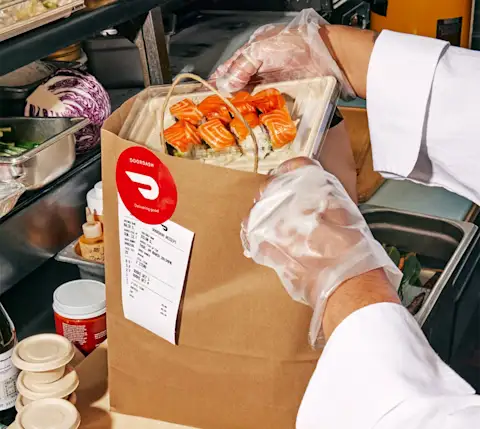
How to perform menu engineering analysis
To perform an effective food cost analysis, you need to be able to calculate some key menu performance metrics. That means your menu engineering should always include three crucial steps:
Calculate the food cost and profit margin of each item
Categorize all menu items by profitability and popularity
Wherever possible, optimize menu items' performance
Start with the math
Begin the menu engineering process by calculating the food cost of every menu item — in other words, the cost of the ingredients used to make a dish. This needs to include all ingredients, such as oil, garnishes, and seasonings, as well as the sales volume of each item during a recent time period.
Many restaurants can automatically calculate their food costs by integrating their POS system with their inventory management software. Calculating your food cost by hand will require quite a bit more time and effort, but it can be done if you have accurate, detailed inventory and sales records.
List each ingredient that goes into this dish and their cost, then determine the quantity of each ingredient that goes into each dish so you can calculate the cost per serving.
Food Cost Per Dish = Total Cost of Ingredients Per Serving
Then, to understand how each dish contributes to your food profits — known as the contribution margin — simply subtract the food cost from the item's menu price.
Contribution Margin = Menu Price – Item Cost
Next, build a matrix
Use this data to classify menu items into categories based on popularity and profitability. One common way to map this data is to create a menu engineering matrix, where the X axis is the item's contribution margin, and the Y axis is the volume sold during your specified timeframe.
Across the restaurant industry, the menu engineering matrix is a widely recognized and well-established tool. The graph groups menu items into four quadrants, each with its own quirky name:
Stars (upper right): High profitability and high popularity
Plowhorses (upper left): Low profitability and high popularity
Puzzles (lower right): High profitability and low popularity
Dogs (lower left): Low profitability and low popularity
Who named these categories? What's so unprofitable about a plowhorse? In what world are dogs unpopular? So many questions! But in the end, that's neither here nor there. The matrix works, and that's all that matters.
Make your changes
Once you've sorted your menu items into their respective categories based on whether they're positively or negatively impacting your business, it's time to improve your restaurant profit margin by tweaking your offerings for peak performance.
Stars: With high profitability and high popularity, these items should be featured prominently on your menu with top billing on the page. Your customers love them, and they're helping to boost your restaurant profit margin. Consider promoting these dishes across your menu and marketing channels, and make them even more appetizing with great photographs and descriptions. Also, avoid making changes to the recipe or price — they're clearly working for you and your guests.
Plowhorses: With low profitability but high popularity, the goal with these crowd-pleasing dishes is to keep them on your menu but make tweaks to increase their contribution margin. Try increasing the item's price, or decreasing its food cost by swapping in budget-friendly ingredients, finding more affordable suppliers, or reducing the portion size.
Puzzles: These profitable yet unpopular dishes could improve your margins if you can figure out how to sell more of them. Perhaps you can boost their popularity by prominently featuring the dish with photos on your menu, making its name or menu description more clear or appealing, training your staff to recommend it, or educating followers about it on social media. It makes for an interesting challenge; Puzzles have incredible potential, but how can that potential be realized?
Dogs: With low profitability and low popularity, it's time to consider removing these dishes from your menu, or at least minimizing them in your menu design. If you're not ready to part with a dish yet, take major steps to decrease the food cost and optimize the menu price, then try making your new, rebranded offering more enticing to customers through menu placement, photos, and descriptions.
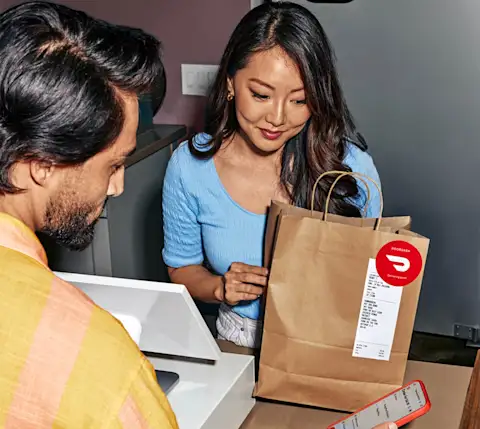
Ten tips for optimizing your menu for increased profits
Now that you know how to calculate your food cost per dish and contribution margin for your different menu items, and how to plot them on a menu engineering matrix, it's time for you to embark on the menu optimization process. Here are ten helpful pieces of advice to keep in mind.
1. Don't underestimate the effort it takes
Menu engineering is an important initiative and it does involve a lot of work. It's good to go into it with eyes wide open and realize that this will be a time-consuming process that demands resources and dedication. Be purposeful in regards to when you start this project and give it the attention it's due.
2. Set a cadence that you can commit to
It would be amazing if you could conduct an audit of your menu's performance around four times a year, on a quarterly or seasonal basis. If that's not feasible, bi-annually or annually are also fine. In the end, doing some menu engineering is always better than doing none.
3. Understand how layout affects orders
Now that you have a plan for optimizing your menu for profit, it's time to rethink your menu design and layout. Menu psychology strategies help persuade your guests to order certain items by using visual cues, thoughtful positioning, strategic pricing, and more.
The order and placement of menu items is a big part of menu psychology and menu design. One theory, known as the Golden Triangle, posits that customers' eyes start on the middle of the menu, then move to the top right, then the top left. That means you can place your Stars and Puzzles in those three areas.
4. Consider photography and color theory
Properly executed menu photography will pique diners' interest in dishes they've never tried before, entice them to come back, and drive sales of profitable items. In fact, DoorDash data indicates that adding high-quality photos to your menu can increase delivery volume by 15%. Show off your dishes in the most appetizing way by using natural lighting, minimalist plating, and flattering angles.
Aesthetically, you want to choose colors that are consistent with your brand, though keep in mind that different colors can achieve different physical and psychological effects. Reds and oranges can be energizing and appetizing, while green is calming and broadly associated with natural, organic, and healthy options.
5. Pay attention to text and descriptions
Craft compelling menu descriptions that go beyond a list of ingredients and give a preview of the guest experience. Provide a vivid teaser of the dish's taste, appearance, and texture using sensory adjectives — like creamy, tender, buttery, savory, and succulent — that leave an acute impression on your guests' imagination. At the same time, be sure to keep your descriptions short, accurate, and easy to understand.
You can use design elements such as bold, large, unique, or contrasting fonts to feature profitable items, but try not to use more than two, otherwise your menu won't be easily readable. Embrace negative space, design-forward flourishes that separate sections, or frames and callout boxes to break up your text.
Restaurants can even influence customer ordering with how prices are displayed. For instance, if you're appealing to cost-conscious consumers, $9.95 appears preferable to $10.00. But if you're a fine dining establishment, the opposite may be true; round numbers, with no dollar signs or decimals, help create a perception of elevated value.
6. Optimize the number of menu panels
Can you have too much of a good thing? The simple answer is yes. Extensive menus can be overwhelming for some guests, and the ideal number of pages, or panels, for a menu is two.
How can you reduce the size of your menu? Consider curating different menus for different meals of the day, rather than having a single menu that lists breakfast, lunch, and dinner options.
7. Rethink offerings to reduce food waste
As you examine the ingredients that go into each of your dishes, it's a good time to discover new ways to reduce pre-consumer waste — cutting costs and boosting your business's sustainability. At the same time, look to see if there are any items that guests frequently don't finish eating. If that's the case, consider offering half servings.
8. Consult with your trusted customers
While it's great to be quantitative and data-driven, qualitative anecdotes can also provide invaluable insights. If you get the chance, invite feedback from your guests — especially your loyal regulars. Let them know that a new-and-improved menu is in the works, and find out which dishes they can't live without and which ones they rarely spare a thought for.
9. Take advice from the rest of the team
On a similar note, be sure to consult your staff before making big menu changes. Your servers regularly listen to customer compliments and complaints, while your chefs know the ingredients for each dish, and could tell you the consequences of removing or replacing certain items.
10. Track and measure results over time
Once you've completed your menu engineering analysis and menu redesign, monitor your sales data to understand the impact of your efforts. Did your Puzzles gain popularity after you updated the menu layout? Are customers still ordering Plowhorses even after you swapped in lower-cost ingredients?
Continue to track your sales, profitability, and food costs in your POS or other business records and adjust menu strategies as needed. And for off-premise orders, DoorDash partners can track sales volume, popular items, and more in the Merchant Portal.
Remember that experimentation is the entire purpose of menu engineering. If your changes aren't producing the desired outcomes, that's not a failure, it's an opportunity to learn and refine.
How Baker's Daughter keeps its menu fresh
After Chef Matt Baker's restaurant Gravitas earned a Michelin star for its visionary combination of fine dining and ordering to-go, he was ready to launch a new concept — and opened Baker's Daughter in a space right across the street.
To differentiate the boutique all-day cafe while growing profits, menu engineering has become a routine part of the business:

"We're constantly tinkering with new dishes. Every month we do specials, and we just added a lot of new menu items: an orange cranberry scone that's fantastic, an elevated version of a traditional pepperoni roll. We'll continue to talk to our guests and add to the menu and be creative."
This includes distinguishing his dine-in and delivery menus. The streamlined options for online orders highlight popular items that travel well, along with customizations and add-ons that help increase order size.
A winning restaurant profitability strategy
Menu engineering is a continuous effort that requires regular attention, so create a cadence for conducting menu engineering analyses regularly, whether it's twice per year or every month: the most important thing is you choose a schedule that you know you'll stick to. With these strategies in mind, you'll set your restaurant up to drive higher profit margins.
After you're well on your way to incorporating robust and regular menu engineering into your restaurant business, explore Restaurant Menu Examples for inspiration to see how other successful businesses design their menus for maximum impact.
